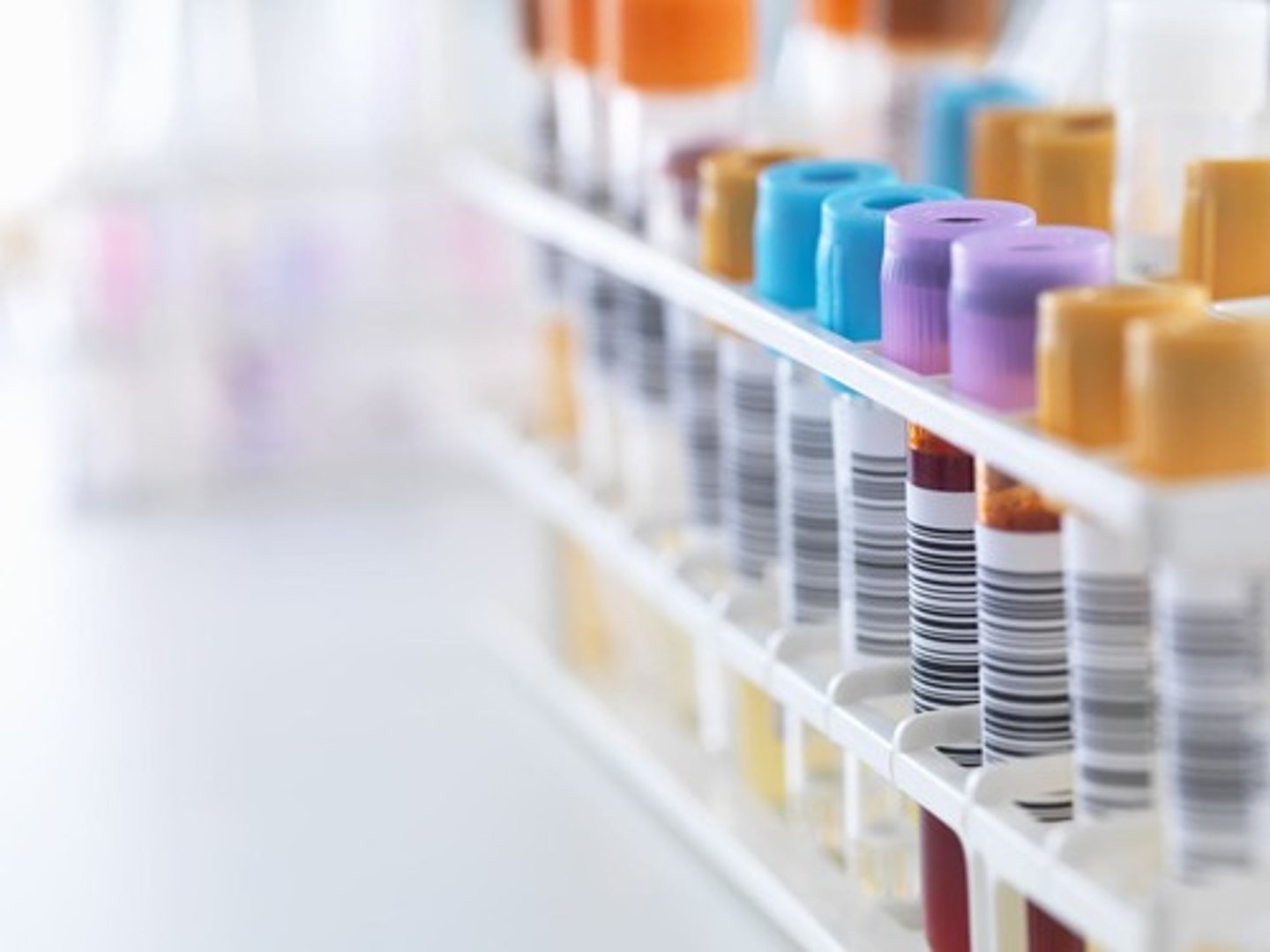Fluid, Electrolyte, and Acid-Base Balance in Human Physiology
1/24
There's no tags or description
Looks like no tags are added yet.
Name | Mastery | Learn | Test | Matching | Spaced |
|---|
No study sessions yet.
25 Terms
What are the primary functions of water in the body?
Transporting nutrients and wastes, facilitating metabolism, acting as a solvent, maintaining temperature, aiding digestion, and lubricating tissues.
What are the two compartments of fluid in the body?
Intracellular fluid (ICF) which is 70% and extracellular fluid (ECF) which is 30%.
What is the definition of an ion?
An atom or molecule carrying an electrical charge.
What are cations and anions?
Cations are positively charged ions, while anions are negatively charged ions.
What is homeostasis in relation to electrolytes?
Homeostasis is the balance where total cations equal total anions.
What is the chief function of sodium in the body?
Sodium controls and regulates the volume of body fluids.
What role does potassium play in the body?
Potassium is the chief regulator of cellular enzyme activity and water content.
What is the function of calcium in the body?
Calcium is involved in nerve impulses, blood clotting, muscle contraction, and B12 absorption.
What is the primary buffer system of the body?
The carbonic acid-sodium bicarbonate buffer system, which buffers about 90% of the hydrogen ions in extracellular fluid.
What is hyponatremia?
Hyponatremia is a sodium deficit in extracellular fluid caused by a loss of sodium or gain of water.
What is respiratory acidosis?
Respiratory acidosis is a primary excess of carbonic acid in extracellular fluid.
What is metabolic alkalosis?
Metabolic alkalosis is characterized by a primary excess of bicarbonate in extracellular fluid.
What factors can lead to fluid imbalances?
Pathophysiology of acute and chronic illnesses, abnormal fluid losses, burns, trauma, surgery, and therapies disrupting fluid balance.
What are common assessment methods for fluid imbalances?
Nursing history, physical assessment, fluid intake and output monitoring, daily weights, and laboratory studies.
What is the expected outcome for fluid intake and output balance?
Maintain an approximate balance of 2,500 mL intake and output over 3 days.
What is the purpose of central venous access devices?
They provide access for IV fluids, medications, blood products, and allow for hemodynamic monitoring and blood sampling.

What is the significance of osmolarity in body fluids?
Osmolarity affects the movement of water between compartments, influencing cell size and function.
What is the role of the kidneys in homeostasis?
The kidneys filter plasma and excrete urine, helping to regulate fluid and electrolyte balance.
What is the function of the adrenal glands in fluid balance?
Adrenal glands help conserve sodium, save chloride and water, and excrete potassium.
What laboratory studies are used to assess for fluid imbalances?
Complete blood count, serum electrolytes, blood urea nitrogen, creatinine levels, urine pH, specific gravity, and arterial blood gases.

What is the definition of hypernatremia?
Hypernatremia refers to a surplus of sodium in extracellular fluid.
What does the term 'fluid volume excess' refer to?
Fluid volume excess refers to an overload of fluid in the body, which can lead to various health issues.
What are the signs of fluid imbalance?
Signs can include changes in skin turgor, moisture in the oral cavity, edema, and changes in vital signs.
What is the importance of daily weights in assessing fluid balance?
Daily weights help monitor changes in fluid status and detect imbalances early.
What is the role of the pituitary gland in fluid balance?
The pituitary gland stores and releases antidiuretic hormone (ADH), which regulates water retention in the body.